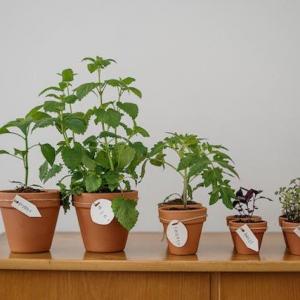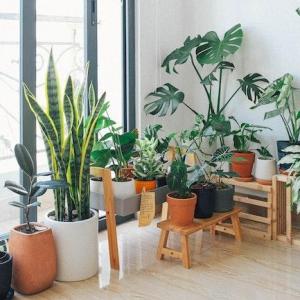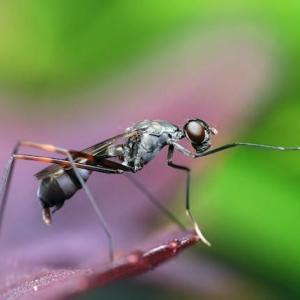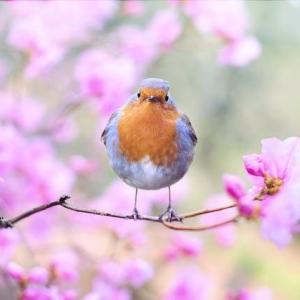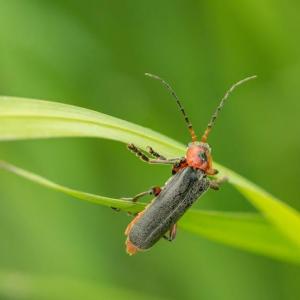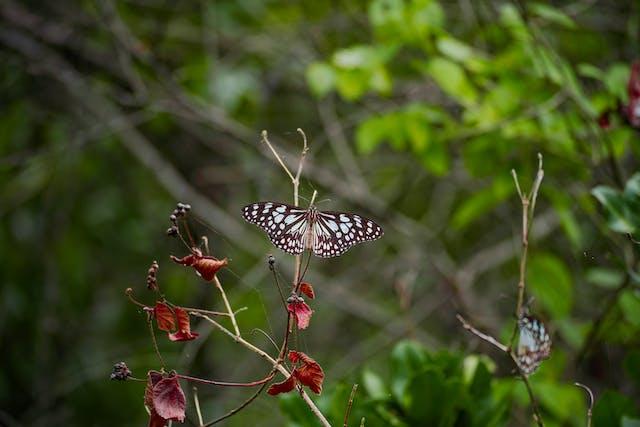
Introduction
Dealing with pests and diseases in your garden can be frustrating, but understanding and managing them is essential for maintaining healthy plants. In this article, we will explore some common garden pests and diseases, as well as effective methods for their prevention and control.Identify Common Pests
Familiarize yourself with common garden pests such as aphids, slugs, snails, caterpillars, and whiteflies. Learn to recognize the signs of infestation, such as chewed leaves, discolored foliage, or sticky residue on plants. Identifying pests early on allows for prompt action to prevent further damage.Recognize Common Diseases
Be aware of common garden diseases like powdery mildew, black spot, blight, and root rot. Look for symptoms such as spots, discoloration, wilting, or unusual growth patterns. Identifying diseases early can help prevent their spread and minimize damage to your plants.Practice Good Garden Hygiene
Maintaining good garden hygiene is crucial for preventing the spread of pests and diseases. Clean up fallen leaves, debris, and dead plant material regularly, as they can harbor pests and diseases. Dispose of infected or diseased plants properly to prevent the spread of pathogens. Clean gardening tools before and after use to avoid spreading diseases between plants.Encourage Beneficial Insects
Attract beneficial insects like ladybugs, lacewings, and parasitic wasps to your garden. These insects prey on common garden pests and help control their populations naturally. Planting flowers that attract beneficial insects, such as marigolds, daisies, and yarrow, can create a diverse and balanced ecosystem in your garden.Use Organic Pest Control Methods
Utilize organic pest control methods to manage garden pests. Options include handpicking pests, using insecticidal soaps or oils, and applying natural predators like nematodes or bacteria. Avoid using chemical pesticides as they can harm beneficial insects and contaminate the environment.Employ Proper Watering Techniques
Water your plants correctly to prevent the development of diseases. Avoid overwatering, as it can lead to root rot and create a favorable environment for fungal diseases. Water at the base of the plants early in the day to allow foliage to dry before nighttime, reducing the risk of fungal infections.Rotate Crops
Practice crop rotation to prevent the buildup of pests and diseases in the soil. By rotating your crops each season, you disrupt the life cycles of pests and reduce the risk of disease transmission. Plan your garden layout to ensure that plants from the same family are not grown in the same location year after year.Use Disease-Resistant Varieties
Select disease-resistant varieties when choosing plants for your garden. Many plant varieties have been bred or developed to have increased resistance to common diseases. Research and choose plants with proven disease resistance to minimize the risk of infection.Monitor and Act Promptly
Regularly monitor your garden for signs of pests and diseases. Act promptly at the first signs of infestation or infection to prevent further spread. Remove affected plant parts, apply appropriate treatments, or seek professional advice if needed.Conclusion
Understanding and managing common garden pests and diseases is essential for maintaining a healthy and thriving garden. By familiarizing yourself with common pests and diseases, practicing good garden hygiene, encouraging beneficial insects, using organic pest control methods, employing proper watering techniques, rotating crops, using disease-resistant varieties, and monitoring your garden regularly, you can effectively prevent and manage pests and diseases. With these strategies, you can ensure the longevity and beauty of your garden while minimizing the need for harsh chemicals and maximizing the health of your plants.
Article
Be the first comment
Elite Article





